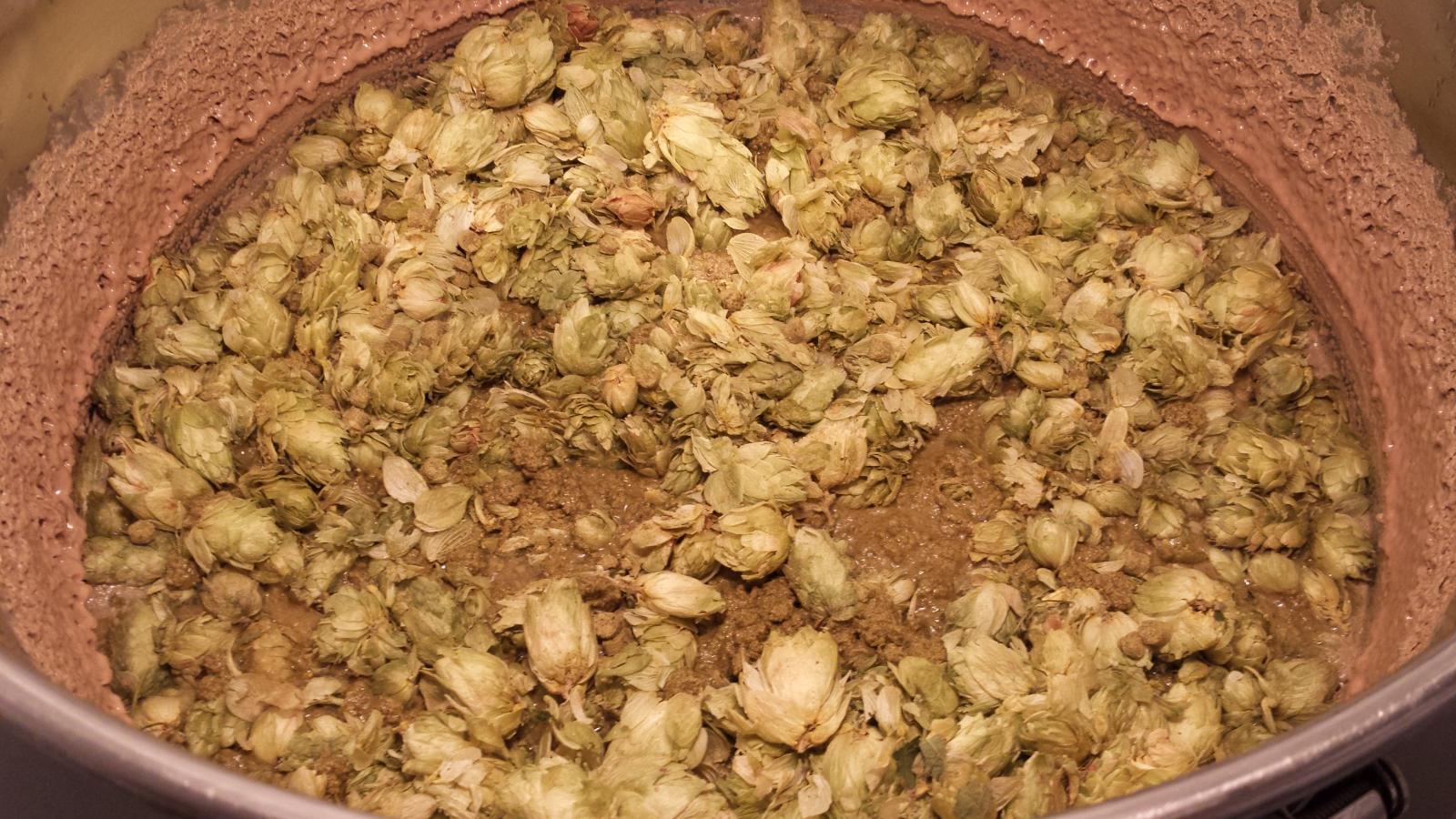philipCT
Brewniversity student
- Joined
- May 10, 2013
- Messages
- 771
- Reaction score
- 171
i dry hopped 10g of pliny clone this evening. 4.5 ozs tomahawk pellets, 1.5 ozs each simcoe and centennial whole leaf.
for whatever reason I decided to free range the hops. maybe it was something I read in Vinny's article about allowing the hops to float down through the beer.
anyway - here's how it looked when I finished. the pellets were put in last and essentially took up residence high and dry on top of the leaf.
any bets about whether these will soak, and then sink, as I think they will?
[i swear to f'in G I rotated this image seven ways to Sunday no love]

for whatever reason I decided to free range the hops. maybe it was something I read in Vinny's article about allowing the hops to float down through the beer.
anyway - here's how it looked when I finished. the pellets were put in last and essentially took up residence high and dry on top of the leaf.
any bets about whether these will soak, and then sink, as I think they will?
[i swear to f'in G I rotated this image seven ways to Sunday no love]

Last edited:





